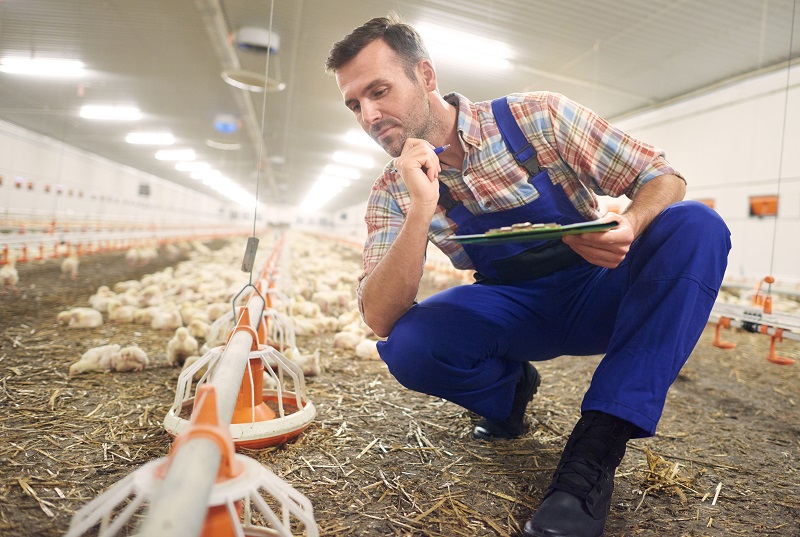
Over the last years, the feed sector started gaining the attention of the food sector regarding its role towards food safety.
Even though, we are talking about two sectors (feed and food) with similar characteristics and complexity, there is one big difference regarding who is the end user of the output of each sector. For the feed sector, the end user is the food-producing animal which, on its turn, will be the main input for the food sector. On the other hand, the end user for the food sector is the “human”.
The quality and safety of feed for animals intended for human consumption will have a direct impact on the quality and safety of the food. Given the anticipated growth of the world’s population to around 9 billion people by 2050, and the associated higher demand for animal proteins, it is vital that the feed industry, as well as the wider agricultural chain, can meet this challenge in a sustainable and safe way.
From a regulatory perspective, regulators over the last decade started to be more attentive to the feed hygiene requirements. In 2003, the Feed Hygiene Regulation – EC 183/2003 laying down requirements for feed hygiene – was introduced in Europe. The breakthrough of this regulation was that HACCP became a mandatory regulatory requirement for the feed sector. Following the implementation of the Feed Hygiene Regulation, a number of sector specific schemes was developed with the view to support the feed industry . Gradually, other regions like Australia, Canada, and U.S.A. started developing further their regulatory requirements for the feed sector.
Feed safety risks have changed as to their likelihood to happen, and a holistic approach regarding how to manage those risks is necessary. Given that the feed sector today is part of the global value chain, additional effort for the management of these feed safety risks is required. The implementation of a feed safety management system provides the necessary assurance that the associated feed safety risks will be managed properly. An example of a feed safety management scheme for the sector of Specialty Feed Ingredients can be found in the FAMI-QS Certification.
Recent scandals in the worldwide food and feed sector have highlighted the need to strengthen fraud prevention measures across the entire supply chain. Not only is this necessary to protect the health of consumers, but trust is the foundation upon which efficient, functioning markets are built. In addition, there is public concern that the food or feed sector is being used for intentional acts that could harm ideological or financial purposes.
Third-Party Certification (TPC) and particular feed schemes are becoming an important feature of the global feed chain. Nowadays, Feed Business Operators’ operational activities take place in a rather complex legal and business environment. Today we have moved from local sourcing to global sourcing. This affects the level of controls which are required. Although TPC is voluntary, it is an important requirement for a Feed Business Operator to gain market access in a uniform language. FAO defines the food chain as: “Recognition that the responsibility for the supply of food that is safe, healthy & nutritious is shared along the entire food chain ”. The same approach can also be applied to the feed chain.
TPC eg FAMI-QS could be seen as a mechanism for the development of feed safety culture and supporting global fair trade.
Leave A Comment